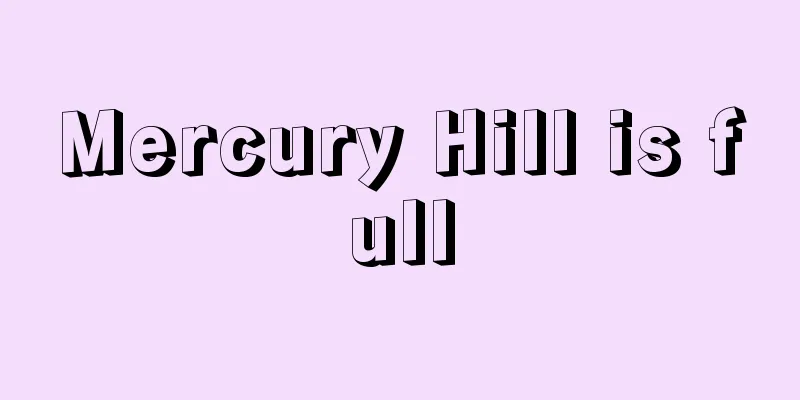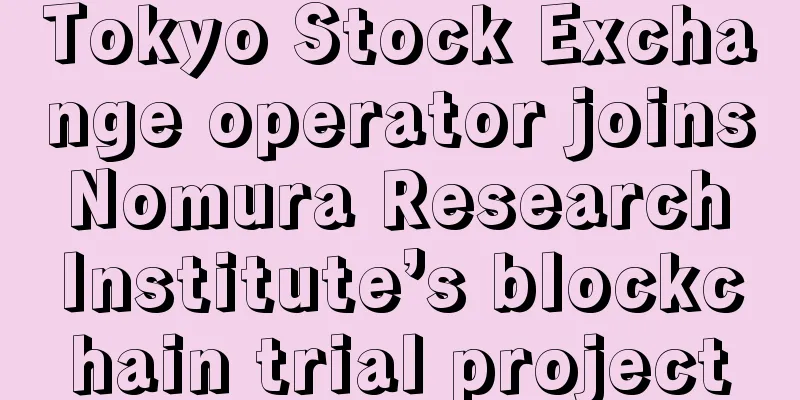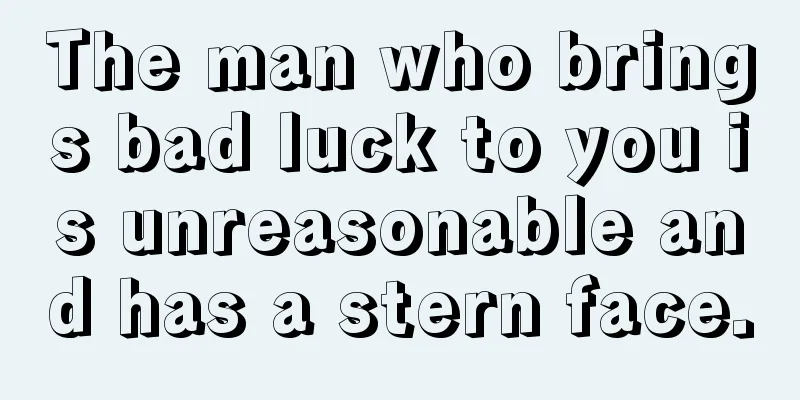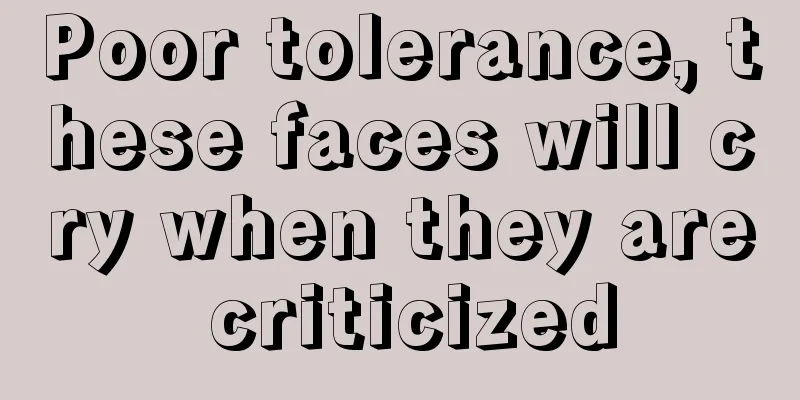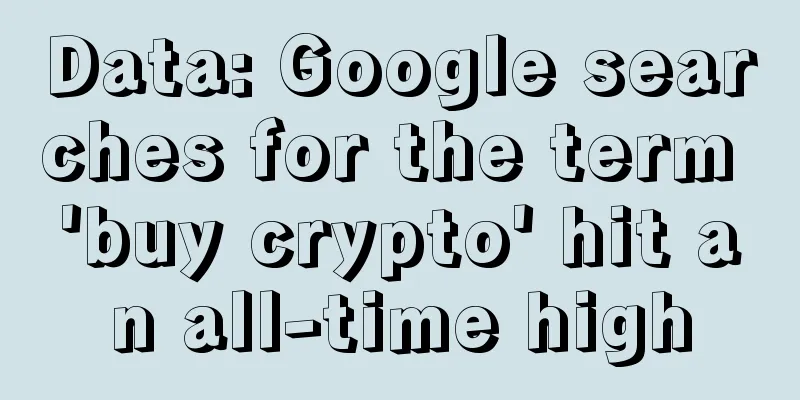LeEco bets on Stellar distributed ledger, cross-border payment applications may be the first to be implemented
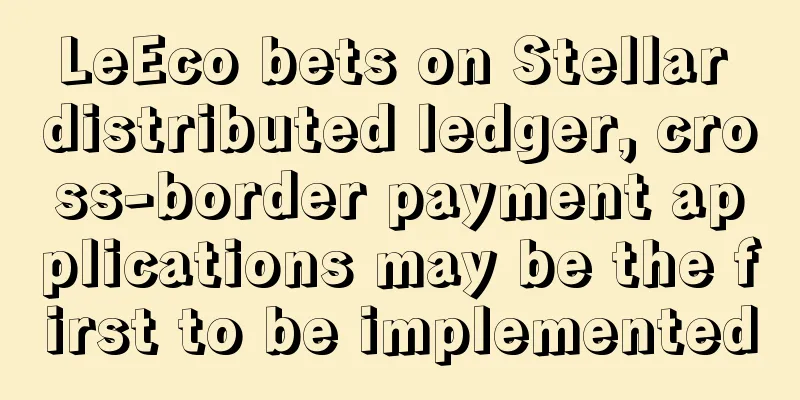
|
LeEco is like the Chinese version of Netflix, with businesses covering the mobile phone, TV and car markets, and it broke into the US market after acquiring American TV manufacturer Vizio. Unlike some Chinese technology giants, LeEco has ambitions to enter the international market. To achieve these ambitions, LeEco chose to embrace a creation similar to Bitcoin, which can quickly and cheaply realize cross-border transactions in any country's currency. The technology is called Stellar, an open-source payment protocol that is also backed by San Francisco startup Stripe. LeEco has set up a dedicated online payment company called LeFinance, and the service this subsidiary is currently building will use Stellar as a medium for businesses and consumers to transfer funds. Similar to Bitcoin, Stellar also provides a huge online ledger designed to oversee the transfer of funds from one end to another without relying on any central authority or government.
(Gao Linhui, founder of LeEco Financial Blockchain Lab) LeEco’s efforts are still in their early stages, and last week, Stellar founder Jed McCaleb flew to China to help promote LeEco’s project. Bitcoin's strongest supporters believe that blockchain technology fills the missing part of the Internet (currency) and allows trade to be free from the control of governments and banks. This dream is still a long way from being realized. But for now, the concept of blockchain may still have a place, and it has great potential in the cross-border transaction market. Cross-border transaction costs Currently, it’s expensive to conduct transactions across borders. The average cost of an international payment is between $ These are exactly the problems that Stellar is trying to solve. McCaleb was one of the earliest adopters of Bitcoin, but he realized that digital currency has limited appeal in developed regions in Europe and the United States because the electronic payment infrastructure in these regions is already very strong. He believes that the real potential market for blockchain is in developing countries and regions. (Jed McCaleb, founder of Stellar) A network of individual nodes is not very usefulToday, Stellar.org, a San Francisco nonprofit, announced that its Stellar payment network has connected to existing money transfer businesses in Europe, Africa, and the Philippines, including Tambo, the United Kingdom, and the Philippines. For Stellar to provide a truly global network, it needs partners to run these money transfer hubs (nodes). Barker said Stellar is very similar to another distributed payment network, Ripple, in that both are able to cut transaction costs, but this will only be effective if the protocols are widely adopted.
However, even the dream of blockchain-based international payments faces obstacles. Earlier this year, Stellar attempted to create a money transmission network in Nigeria, where only 35% of the population had access to traditional banking services, according to a 2014 report. Even so, the Nigerian central bank blocked the plan this summer, banning three large payment companies from providing money transfer services. Now, the central bank is slowly starting to relax those restrictions. Barker said the government has not really recognized the potential of these technologies. "I don't think the regulators understand," he said. Therefore, Barker and his company hope to change this situation. They actively discuss blockchain technology with European regulators and promote the Stellar project to enter the Philippines and China markets. According to the World Bank, the Indian market alone receives $64 billion more in overseas remittances each year than the Chinese market. Obviously, these developing countries and regions have a great demand for simpler and more economical cross-border remittance methods. If large companies such as LeEco can implement blockchain remittance applications, perhaps it will also catalyze other applications of blockchain technology. |
>>: The Qtum development team has integrated the POS 3.0 consensus mechanism into Bitcoin Core V0.13
Recommend
Is it good for a woman to have triangular eyebrows? She should be talkative and independent.
What do women’s triangular eyebrows represent? Am...
Regulatory clouds loom, German regulators "hit" Binance's stock token business
Germany’s financial regulator, BaFin, said in a n...
Filecoin testnet will be launched on December 11
According to BlockBeats, the Filecoin testnet wil...
How is the fortune of men with linked eyebrows? Their financial resources are meager and their fortune is average.
1. Is it good for a man to have unibrowed men? Ge...
How is the fortune of a woman with a mole that brings prosperity to her husband?
In reality, some people may not have good fortune...
Ethereum Foundation: Ethereum Mainnet Merge Announcement
Source: Ethereum Foundation official blog Ethereu...
What is the fate of seven women? Very lucky fate
For women, palmistry is a common way of fortune-t...
How to respond to global digital currency regulatory trends?
It's not because we are good at solving probl...
What are the characteristics of a person who is not born with career luck? A short chin
Although career luck is not necessarily entirely ...
Graphics card giant AMD is courting cryptocurrency mining and has released a series of new cryptocurrency mining products
Graphics card giant AMD has begun its bid to win ...
A complete analysis of the facial features of romantic women
With the development of the times, people are exp...
Will people without marriage lines get married?
People without a marriage line have weak sexual f...
Which type of people have more obstacles in their youth?
Which type of people have more obstacles in their...
This is what a blessed person looks like
Almost everyone hopes to have good fortune. The f...
The first practical application based on ETC, how does ETCWin plan to build the ETC ecosystem?
In October 2016, Kuoyue Technology, founded in Sh...


